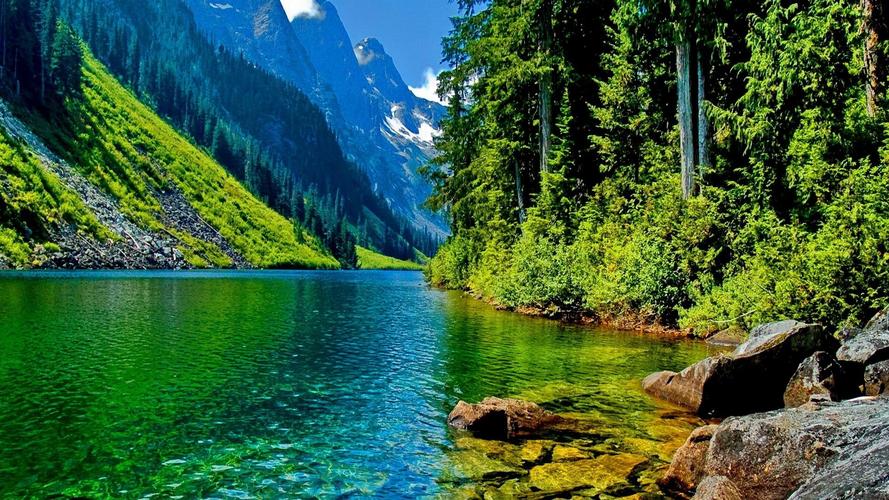Discovering Albania’s Cultural Heritage Without Borders
Albania has a rich cultural heritage that has fascinated travelers and history buffs alike. From the Ottoman Empire to Communist rule, Albania’s history is as diverse and complex as its landscape. However, despite its storied past, many visitors to Albania overlook its cultural heritage in favor of its beautiful beaches and national parks. In this article, we’ll explore how travelers can discover Albania’s cultural heritage without borders.
From Ottoman Empire to Communist Rule
Albania’s past is a melting pot of different cultures and empires. The Ottoman Empire ruled Albania for over 400 years, and their influence can still be felt in the country’s architectural style and language. Albania also endured a tumultuous period of communist rule under Enver Hoxha, which lasted from 1945 until his death in 1985. His rule was characterized by strict restrictions on personal freedom and political dissent, but also by ambitious infrastructure projects that shaped Albania’s landscape. Today, visitors can explore Albania’s vibrant history through its many museums and cultural landmarks.
cultural landmarks in Albania
One of Albania’s most well-known cultural landmarks is the ancient city of Butrint. This UNESCO World Heritage Site features a complex mix of Greek, Roman, Byzantine, and Venetian ruins that offer a glimpse into Albania’s storied past. Another must-see cultural attraction is the National Museum of History in Tirana, which showcases Albania’s history from prehistoric times to the present day. Visitors can also explore Berat, a historic city with Ottoman-era architecture that has earned the nickname “the city of a thousand windows”.
Exploring Albania’s Rural Heritage
While Albania’s cities are teeming with cultural landmarks, travelers can also discover the country’s rural heritage by exploring its countryside. Albania is home to many traditional villages that have preserved their culture and customs over the centuries. Visitors can experience rural life firsthand by staying in a traditional guesthouse or learning traditional crafts like weaving or cheese-making. Albania’s countryside is also dotted with well-preserved fortresses and castles, such as the castle in Gjirokaster, which provide a glimpse into the country’s medieval history.
Conclusion
Albania’s cultural heritage is a rich tapestry of different empires, cultures, and traditions. Visitors can discover this heritage by exploring Albania’s many museums, cultural landmarks, and traditional villages. Whether you’re interested in ancient ruins, Ottoman-era architecture, or rural life, Albania offers a wealth of opportunities to discover its cultural heritage without borders.
(Note: Do you have knowledge or insights to share? Unlock new opportunities and expand your reach by joining our authors team. Click Registration to join us and share your expertise with our readers.)
Speech tips:
Please note that any statements involving politics will not be approved.
